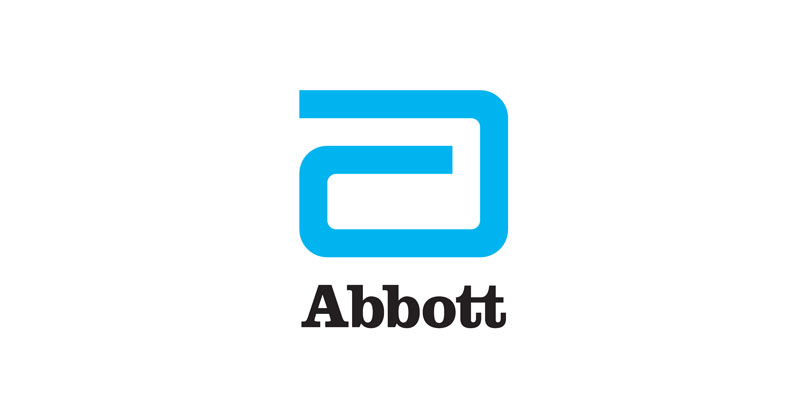There is a lot to laud about the human arsenal, and yet there is nothing in it that stands out more than our ability to grow on a consistent basis. We say this because the stated ability has already fetched the world some huge milestones, with technology appearing as a major member of the group. The reason why technology enjoys such an esteemed stature among people is, by and large, predicated upon its skill-set, which ushered us towards a reality that nobody could have ever imagined otherwise. Nevertheless, if we look up close for a second, it will become clear how the whole runner was also very much inspired from the way we applied those skills across a real world environment. The latter component was, in fact, what gave the creation a spectrum-wide presence, and consequentially, kickstarted a tech revolution. Of course, this revolution then went on to scale up the human experience through some outright unique avenues, but even after achieving such a monumental feat, technology will somehow continue to produce the right goods. The same has grown increasingly evident over the recent past, and assuming one new healthcare-themed development shakes out just like we envision, it will only make that trend bigger and better moving forward.
Abbott has officially announced the launch of its latest product called Aveir DR, which is a leadless dual-chamber pacemaker. In order to understand the significance of such a product, we must acknowledge how nearly 80% people who need a pacemaker happen to require pacing in two chambers of the heart. Now, while other companies such as Medtronic already have a dual-chamber leadless pacemaker on their product line-up, Abbott’s latest brainchild does have some clear distinction. You see, the latter gets the edge because it is “the only leadless system that is able to provide atrial pacing for patients who need it,” Furthermore, a device like, let’s say, Medtronic’s Micra AV2 is only implanted in the right ventricle, meaning its value is limited to ventricular therapy. Avier DR, on the other hand, can deliver at your disposal, both ventricular and atrial therapy. Furthermore, Aveir DR has consistently displayed an ability to achieve greater than 95% atrioventricular synchrony across many different postures, activity levels, and heart rates. To give you some context, AV synchrony occurs when the atrium and the ventricle are paced at the same time. Beyond comparisons, though, Avier DR’s leadless nature in itself adds enormously to the medical industry’s evolution. You see, traditional pacemakers implanted in a patient’s chest tend to run wires called “leads” into the heart, something which can cause inconveniences like a restricted range of motion in patients. Making the downside even worse is the fact that these wires can also accentuate the risk of complications, such as fractures or insulation breaches, as well as lead-related venous thrombosis and obstruction. The new alternative, fortunately enough, doesn’t preach any of it, bringing instead two modules that are smaller and thinner than AAA batteries. Talk about the pacemaker’s design on a slightly deeper level, it bears a corkscrew-like helix at the bottom of the two implants. Within this helix, there is a small tip electrode for sensing and providing pacing stimulation, and there is also a return electrode at the opposite end of the implant.
“It’s historic because pacemakers have not changed in 60 years. This is the first time we have two capsule-size devices implanted in the heart wirelessly communicating with each other and taking away all the complexity and challenges that come with a traditional pacemaker system. Those have served us well, but we have to look at the future. This is where the future is going: miniaturized devices,” said Vish Charan, divisional vice president of product development at Abbott’s cardiac rhythm management business.
Alongside its innate convenience, Avier DR offers similar seamlessness when the agenda is to actually implant it. Here, we look at the traditional method for pacemaker insertion which includes creating a “pocket” in the chest for the pacemaker. This can create a noticeable bump on a patient’s chest. When it comes to Avier DR, though, the surgeon just have to make a small incision near the patient’ femoral vein, and through that incision, the implantation is completed.
“The pacemaker represents a breakthrough that is “like the difference between dial-up internet and high-speed Wi-Fi,” said Dr. Brian Kim, a cardiology specialist at Providence who performed the institution’s first Aveir DR implantation. “With a majority of patients having need for dual chamber control, and the increased longevity this new technology affords clinicians, more and younger patients will benefit from this game changing device,”
The new pacemaker is already being used across some leading healthcare institutions, including Mount Sinai, Providence, MedStar Health and Weill Cornell Medicine.


















